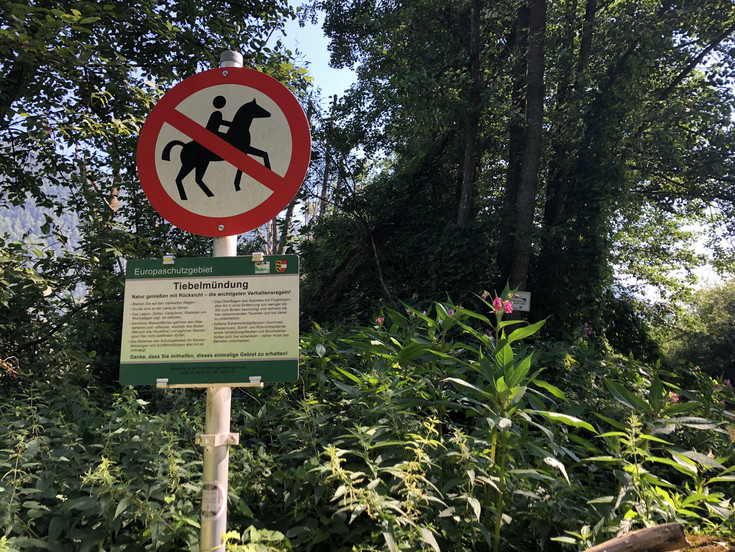This project, funded by the Biodiversity Fund is concerned with surveying the genetic diversity of steppe plants in Austrian dry habitats as a basis for recording future trends.
Duration: 01.01.2024-31.10.2025
Plant diversity provides a set of ecosystem functions with high ecological, economic and social value. However, plant diversity is endangered worldwide and in Austria. 1,274 ferns and flowering plants are currently on the Austrian Red List of Threatened Species. In order to counteract further loss of native plant populations, it is necessary to protect and sustainably use habitats, for example by establishing protected areas. While the destruction and alteration of habitats caused by intensive land use or constructions can be regulated or prevented in nature protection areas, this is only symptomatically possible in the case of destruction and alteration caused by the spread of alien plant and/ or animal species (neophytes).
From a nature conservation perspective, neophytes are particularly problematic in wetlands, such as riparian forests and riparian herbaceous plant communities. Some of the most competitive and most common neophytes in Austria, such as Impatiens glandulifera, are present here. Existing biodiversity monitoring programs in Austria are incomplete with regard to the current status and trends of invasive species in nature protection areas. The aim of this project is to obtain up-to-date nationwide data on the presence of invasive plant species and their population dynamics in protected wetlands; the latter exemplarily for Impatiens glandulifera. This data will be used to develop models to simulate long-term trends. Data from existing monitoring programs and assessments of the local floristic diversity will be used to identify the drivers of possible different trends among the protected wetlands. This project thus makes a long-term contribution to biodiversity in Austria's wetlands.

Fig. 1: Himalayan Balsam (Impatiens glandulifera) in the nature protection area Tiebelmündung, Kärnten. Picture: Maximiliane Herberich (2023)
To date, there is no systematic inventory of invasive, alien plant species in Austrian nature protection areas. From a nature conservation perspective, neophytes in Austria are particularly problematic in wetlands (Essl et al. 2002), of which several are under protection based on the Ramsar Convention due to their high ecological value.
In order to obtain an up-to-date overview of invasive alien plant species in protected wetlands, their presence will be documented in 2024 and 2025. The areas will be selected in such a way that they represent different legal conservation categories, are distributed nationwide and use different management strategies against invasive species.
Impatiens glandulifera is considered one of the most problematic invasive plant species in Europe and can form dense stands with a monoculture-like character, especially in wetlands (Helsen et al. 2021). A further aim of this project is therefore the nationwide collection of data on the population demography of Impatiens glandulifera in protected wetlands in 2024 and 2025. This demographic data will be used to develop structured population models to simulate long-term trends of this type of neophyte.

Fig. 2: Population of Himalayan Balsam (Impatiens glandulifera). Picture: Maximiliane Herberich (2020)
